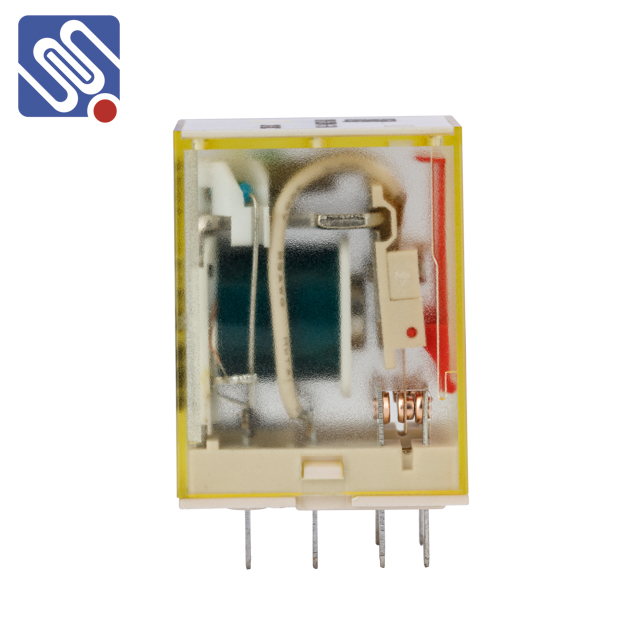Industrial relays are essential components in the realm of automation and control systems. These electromechanical devices serve as switches that facilitate the control of larger electrical circuits using smaller input signals. By understanding the functionality, types, applications, and benefits of industrial relays, one can appreciate their crucial role in various industries, including manufacturing, transportation, and construction.

What is an Industrial Relay? An industrial relay operates on the principle of electromagnetism. It comprises a coil of wire that, when energized by a relatively low-voltage input, generates a magnetic field. This magnetic field either opens or closes the relay’s contacts, thereby controlling the flow of electricity through a different circuit. This allows for the effective management of high-power devices and systems using low-power signals. Types of Industrial Relays There are several types of industrial relays, each designed for specific applications and functionalities: Electromechanical Relays: The most common type, consisting of mechanical moving parts. When the relay coil is energized, an iron armature is attracted or released, opening or closing the contacts. These relays are versatile and widely used in many industrial applications.